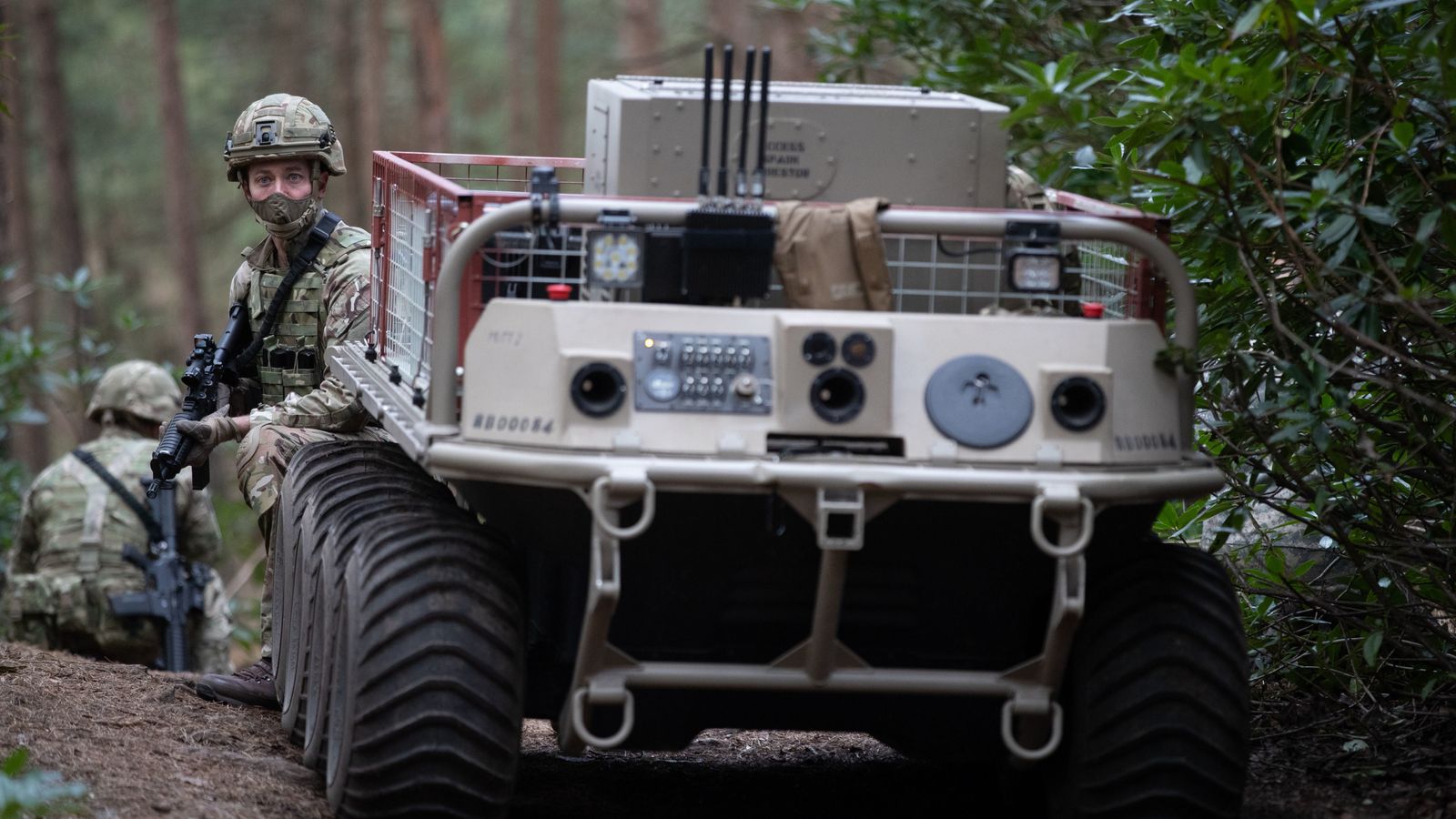Big_Zucchini
Well-Known Member
Not necessarily. The Boxer buy needs to be fast to fill a certain capacity. But none has yet ruled out a firepower upgrade, and there are plenty of options available on the market, already integrated to the Boxer or easily integrated if needed.That's what I'm thinking as well - we'll have to hold off on an actual announcement but if WCSP goes away and Boxer (which I do like immensely for what it is) fills that role, then we're giving up a chunk of punching power,
My knowledge in automotives is lacking, I admit. But someone who does have the relevant knowledge explained the subject fairly plainly to me - the major differences between wheels and tracks go beyond their mobility, with mobility not being q substantial difference today.If this is true, it will be interesting to see what happens with the organisation of 3 (UK) Div, as both the strike an armoured brigade will seemingly be mounted in Boxer. Indeed, it looks like the only difference between them will be that the armoured brigades will have tank regiments while the strike brigades will have Ajax regiments. This will be a pretty terrible outcome, as all brigades will have a mixture of wheels and tracks, meaning you lose the advantages of both.
Terrain that's considered too difficult for wheels will be something even a purely tracked formation will try to avoid, because recovering a vehicle or repairing a thrown track will be substantially harder and slower there.
At least in most types of terrain (except snow/ice) a wheeled vehicle will do just as good as a tracked vehicle, as long as the drivers are properly trained, especially with tech like terrain matched tire pressure.
Seeing the Eitan in Israel, it passed the same courses and obstacles that vehicles like the Merkava and Namer pass in exercises, and there is a very diverse set of terrains here.
Users of wheeled vehicles are looking to reduce logistical footprint, improve deployability, and make certain assets more expendable.



